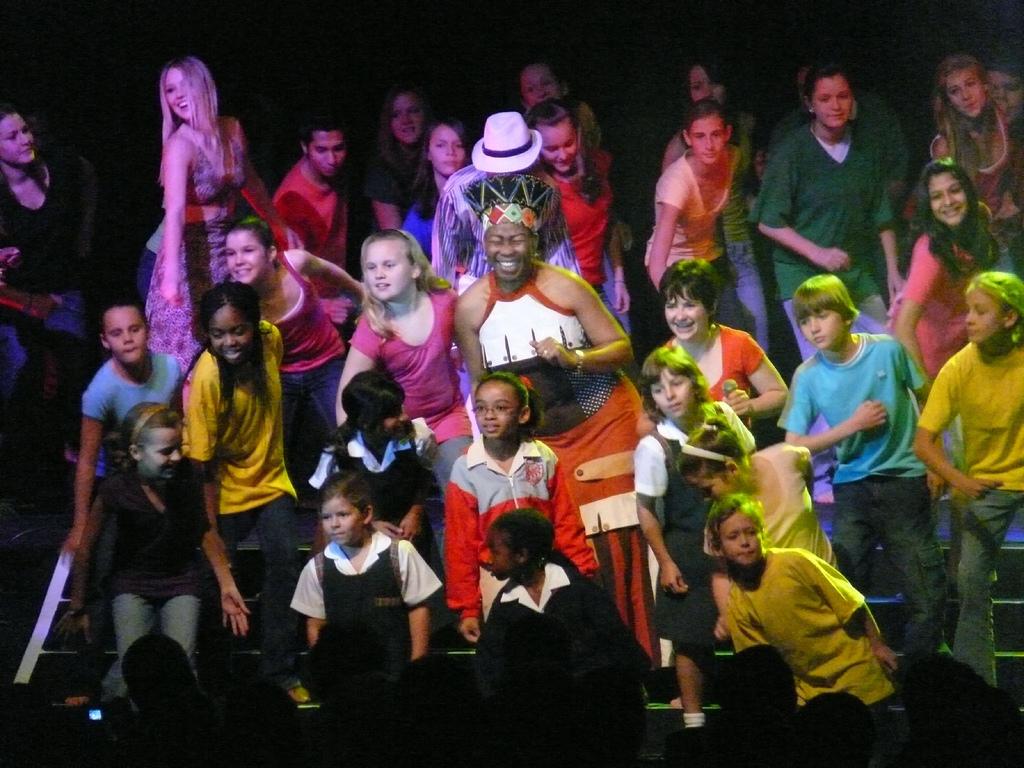South Africa: A Diverse Population

The black Africans are the largest group of people in South Africa. However, they are not one clear-cut group as they consist of several tribes like the Zulus, Xhosa and Khoisan. The whites called these tribes Bantu. Black Africans make up 79.5% of the population.
White people are the second largest group and represent about 9.0% of the population. They are primarily descendants of British and Dutch settlers. 'Boer' or 'Afrikaaner' is used to describe the descendants of the Dutch settlers. 'English-speaking South African', 'Anglo-African', or 'Cape-Brit' are terms that have been used to describe those of British descent.
The coloureds make up the third largest group of people in South Africa and are people of mixed origin. They represent about 9.0% of the population.
The Indian/Asians are the smallest group and are primarily descendants of immigrant workers from Asia. They make up the final 2.5%.
South Africa is a multilingual country. Its new democratic constitution, which came into effect on 4 February 1997, recognizes 11 official languages, to which it guarantees equal status. These are: Afrikaans, English, isiNdebele, isiXhosa, isiZulu, Sesotho sa Leboa, Sesotho, Setswana, siSwati,Tshivenda, Xitsonga. Besides the official languages, there are scores of others.
According to the 2001 census, isiZulu is the most common home language spoken by nearly a quarter of the population. It is followed by isiXhosa at 17.6%, Afrikaans at 13.3%, Sepedi at 9.4%, and English and Setswana each at 8.2%. English is the most commonly spoken language in official and commercial public life, but only the fifth most spoken home language.
Some Boers, worried that the end of apartheid would mean the end of their culture, have established their own, all-white village called Orania where they continue practising complete segregation, not even employing blacks to do menial tasks. Their objective is complete independence, their own Volkstaat. They grow their own food, are self-sufficient and compare themselves to their ancestors, the Voortrekkers, who migrated to escape the British.
Working with Statistics
- There are more than 56 million people in South Africa. They do not all belong to the same ethnic groups. Having read this article, you know which is the largest ethnic group and the smallest. Based on this information make a pie chart showing the percentage of blacks, whites, coloured and Indian/Asian.
- Based on the information given in this article, make a chart showing the percentage of the most common home languages. You can find additional information in the links at the bottom of the page.
Find Out
Find out more about one of the following topics and make a short presentation to the class. See How to Make a Mini Presentation.
- One of the African tribes mentioned
- Orania
- Indian immigrant workers in South Africa
Useful Sources